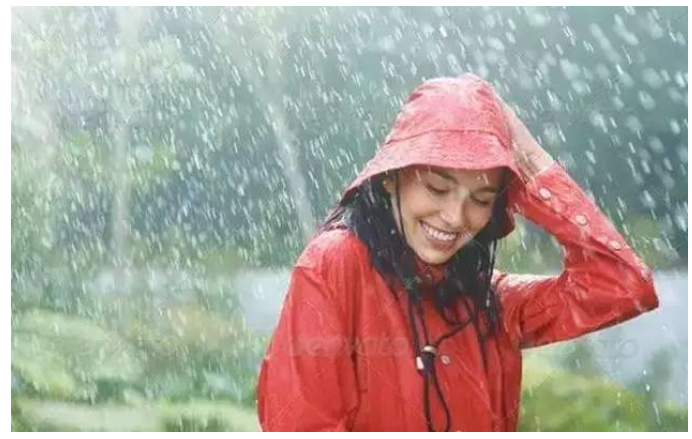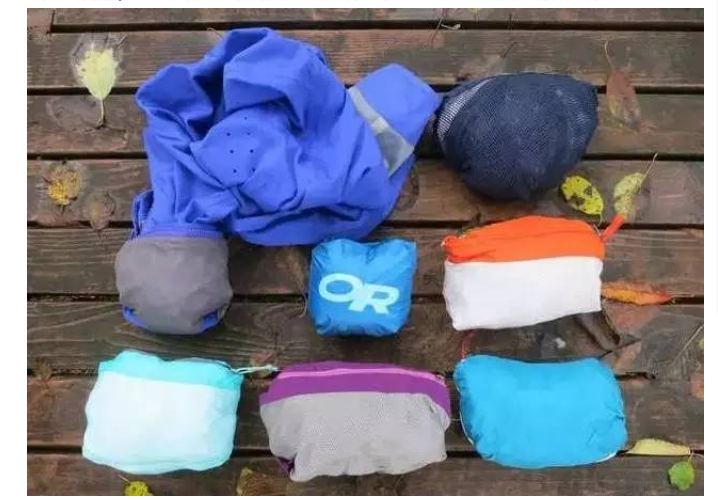Which fabrics are truly waterproof? Give you a super instruction manual to reveal the mystery of waterproof fabric!
Waterproof jackets, pants and even shoes are very important when traveling outdoors to cope with changing weather. However, I believe many people are not particularly clear about the concepts of waterproof fabrics and water-repellent fabrics. With the increasing number of outdoor brands claiming that their products are waterproof, there are some doubts. Which fabrics are used in clothing are truly waterproof? Why do products that already use waterproof fabrics emphasize that they have been treated with water-repellent treatment? The editor will give you a simple introduction to the differences.

Fabric waterproofing usually refers to the waterproof functionality of the fabric itself. After experiencing the initial compact fabrics and coated waterproof fabrics, waterproof fabrics are now Mainly based on pasted film-type fabrics, the key to achieving waterproofing is the functional film used in the fabric.
The adhesive film-type fabrics that initially occupied the largest market share were basically made of PTFE (polytetrafluoroethylene) films. This type of film is a microporous film and has waterproof properties that it can withstand. The water pressure value indicates that it is not 100% waterproof, and according to European environmental research, PTFE materials can produce environmentally harmful compounds when manufactured, landfilled and incinerated. In recent years, the environmental protection community has increasingly questioned PTFE materials, and some countries have begun to restrict the use of PTFE materials. Landfilling and incineration are the main methods of domestic waste treatment in the world, and these two treatment methods will produce perfluorinated compounds when processing PTFE materials. Fluorides will pollute the atmosphere and land. Due to the long period of natural decomposition of fluorides, so The environmental pollution caused by PTFE materials will be long-lasting and long-lasting.
In comparison, another kind of film that has been adopted by more and more brands in recent years – non-porous hydrophilic film is not only non-porous but also 100% waterproof, making the product’s waterproof performance more reliable. Some non-porous hydrophilic membranes are favored by more people in the industry because of their environmentally friendly and harmless characteristics. For example, SympaTex membrane is a molecular compound of polyether and polyester and absolutely does not contain PTFE (polytetrafluoroethylene). ) ingredients, can directly contact the skin, are harmless to the body, and can be recycled like PET plastic bottles.

What we see is that water disperses into small water droplets on clothing and then slides off. This is usually because the fabric used has been water-repellent. Treatment, water-repellent treatment is actually a layer of special treatment covering the surface of the fabric. DWR (Durable Water Repellency) is usually added when the finished fabric is finalized to obtain durable water-repellent properties. The purpose of using DWR coating is that when water drips onto the surface of the clothing, it can form small water droplets or directly slide off the surface of the clothing to prevent the fabric from absorbing water. At the same time, it also makes it easier to remove oil stains attached to the surface of the clothing. Most waterproof clothing uses this kind of DWR water-repellent treatment. The advantage of using DWR treatment is that the surface layer of the clothing does not absorb moisture, thereby ensuring that the waterproof fabric can achieve good breathability, so that the human body can wear it very well. Feel.

So you can see that clothing using waterproof fabrics can basically achieve 100% waterproof (PTFE film products are non-porous and waterproof under certain conditions. Water film under any conditions) functional requirements, but in order to obtain a more comfortable wearing experience and make these waterproof fabrics have good breathability effects, DWR water-repellent treatment is also necessary.
In addition, the complete waterproofing of clothing is also closely related to the waterproof performance of the taped strips and zippers used at the seams, because the waterproofing and water-repellent properties of the fabric refer to the functionality of the fabric itself, and the seams If the needle holes or zipper gaps are not treated, the clothing will not be 100% waterproof.






